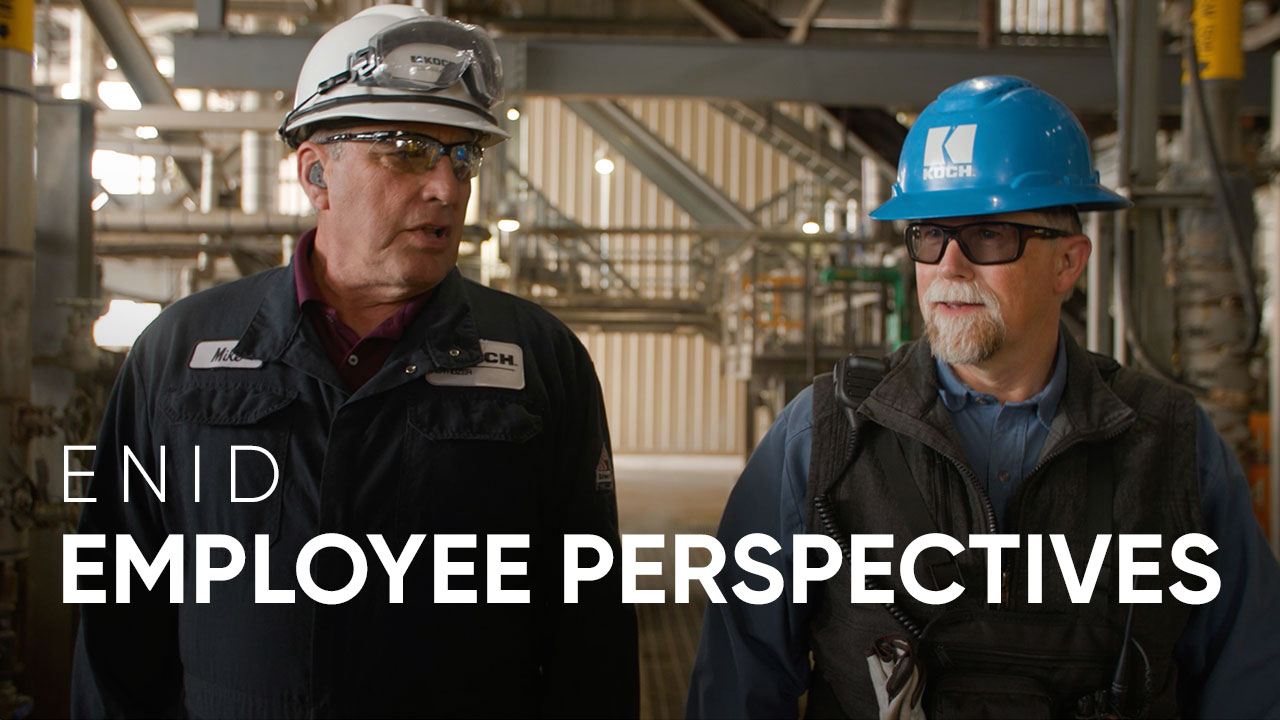Principles in Brief
Not only is our world rapidly changing, the rate of change is accelerating. We have long emphasized the importance of continuous improvement; however, today we need more than that. We need continual transformation which requires a heightened sense of urgency. If we do not continually transform, creative destruction and entropy will overwhelm us, and we will fail.
Transformation doesn’t mean doing what we’ve been doing a little better or a little faster. It means doing things in entirely new ways, such as: creating new and better products and services, using new technology, combining existing methods and technologies in new ways, significantly reducing the resources consumed and eliminating unprofitable activities. None of these happen without employees who are contribution motivated. For every innovation there is an innovator – and likely many contributors. For every improvement there are employees with the initiative, ideas and skills to make it happen.
Transformation also requires building knowledge networks to inform us of methods, technologies and trends from anywhere in the world that might improve, disrupt or destroy what we do today. These knowledge-sharing networks, both internal and external, along with reality-based measures and well-designed experiments, are critical to achieving the necessary rate of transformation. If we are protectionist and close ourselves off from competition or innovation we will become obsolete.
Transformations only come about if we transform ourselves. This starts with a willingness to undergo the most difficult and painful of all changes: changing our paradigms. Developing new paradigms and habits based on principles of human progress involves focused and prolonged effort. Consider what’s required for a bodybuilder to transform into a marathon runner. Long-term success also entails continually seeking help to acquire new knowledge and skills. Being a lifelong learner is essential.
Our organization is transformed when we continually develop and update its vision, strategies, capabilities, products and services to create superior value and satisfy unmet needs. This is only possible in an entrepreneurial culture where employees are eager and willing to drive transformation from the bottom up rather than waiting for a top-down grand plan. While some transformations are big leaps forward, many are the cumulative result of employees continually challenging and pushing themselves and their teams to find new ways to create value.
Koch’s transformations have always depended on employees who are contribution motivated – who know that no matter how well we (as a company or individuals) are performing today, we can always do better. If we dedicate ourselves to understanding and applying the principles of human progress to continually transform ourselves and our organizations, we can accomplish more and have better lives than we ever imagined.
Understand it Better
Examples
Here are some examples of what transformation can look like for individuals and the organization.
- Transform Yourself
- Help Others Transform
- Help the Company Transform
Barry has been a welder for 25 years. A few years ago, he learned how to weld using robot-assisted technology. Now he is learning to program these robots. Barry hopes that one day welders won't ever need to work in dangerous environments.
Ren’s team is not getting the results they would like. After talking to a mentor and her supervisor, Ren realizes she overly relies on rules and processes to lead her team. With their help, she works hard to change her leadership paradigm. She strives to lead with principles and especially focuses on how she provides feedback to her team. Instead of providing detailed instructions, she discusses goals, gives them principles to consider and asks them for their ideas.
As Barry has been learning more about robotic welding, he's also learned how people can work with other computer-assisted technologies. When Louanne tells him about a new quality testing technology, he brings along other team members to help them learn as they explore its possibilities.
As Ren focuses on providing quality feedback, she identifies knowledge gaps of each team member. Some are so used to taking directives that they are uncomfortable using judgment. Ren is now helping them develop knowledge and critical thinking skills so they can apply principles to make decisions. Over time, Ren notices the team is getting better results and is encouraged by their development.
Barry continues to work with his supervisor and others to determine if they can use robot-assisted or drone technology for machine inspections. They are striving to make inspections safer with minimal interruptions to production.
Ren's team is performing much better. As they have embraced the principles of mutual benefit and Principled Entrepreneurship™, they have developed new ways to meet their objectives—including a transformative way to process customer orders. It's been a win for Ren, her team members, customers and the company.
Give it a Try
The power of these principles happens through application. There’s no substitute for learning as you apply.
Explore and share some examples of transformation – consider internal and external examples.
The Transformation Principle in Brief lists some forms of transformation: creating new and better products and services, using new technology, combining existing methods and technologies in new ways, significantly reducing the resources consumed and eliminating unprofitable activities. Which could you/your team pursue right now?
What are some transformations you anticipate in your industry, company or profession? What are you doing to prepare for it?
What’s an area of your business or work that if you don’t transform, you’ll be left behind?
What are some areas of the business that are going really well? How might those areas transform for the future?
Think about times when you’ve transformed. What did it take to transform? What lessons can you apply to your current situation?
